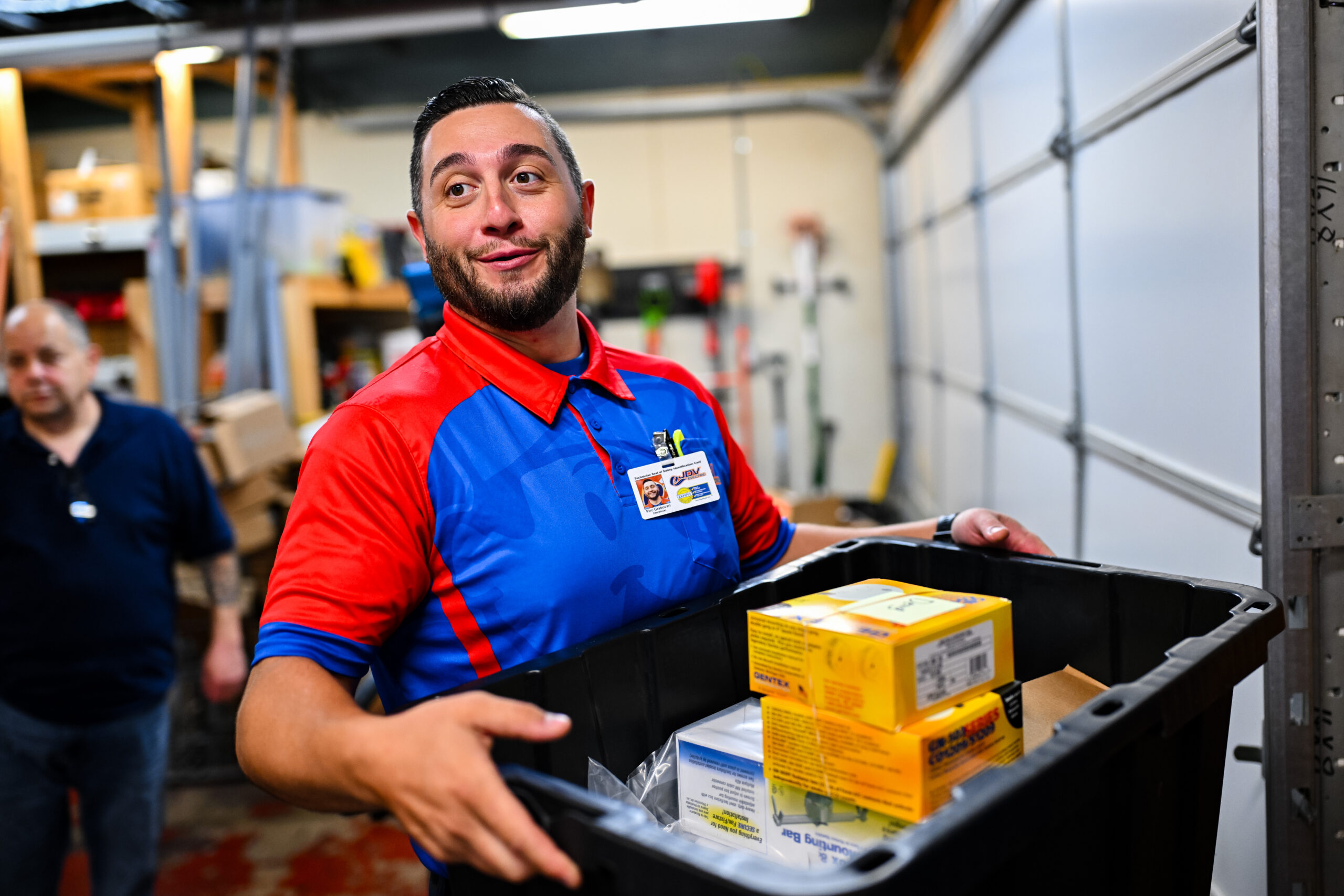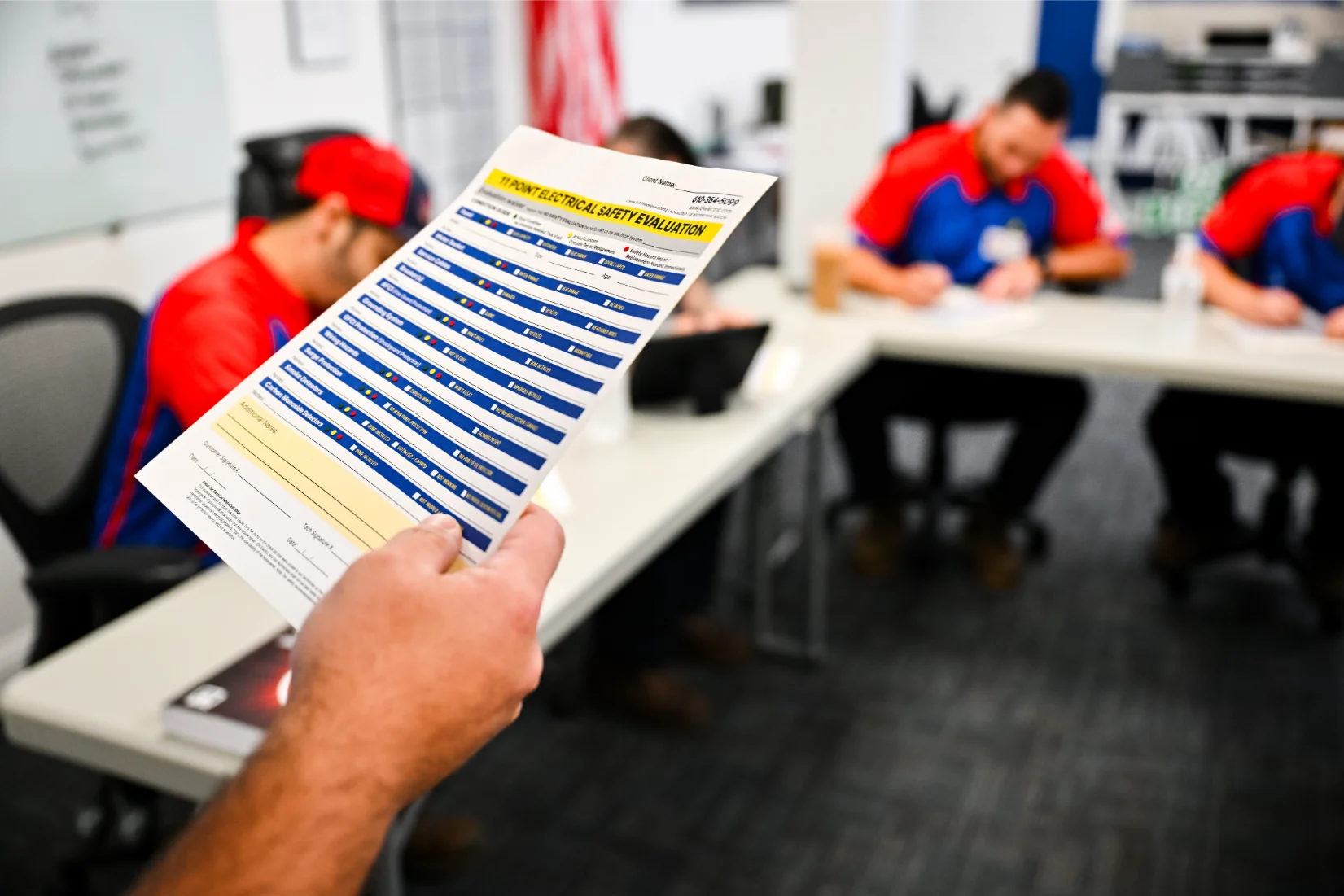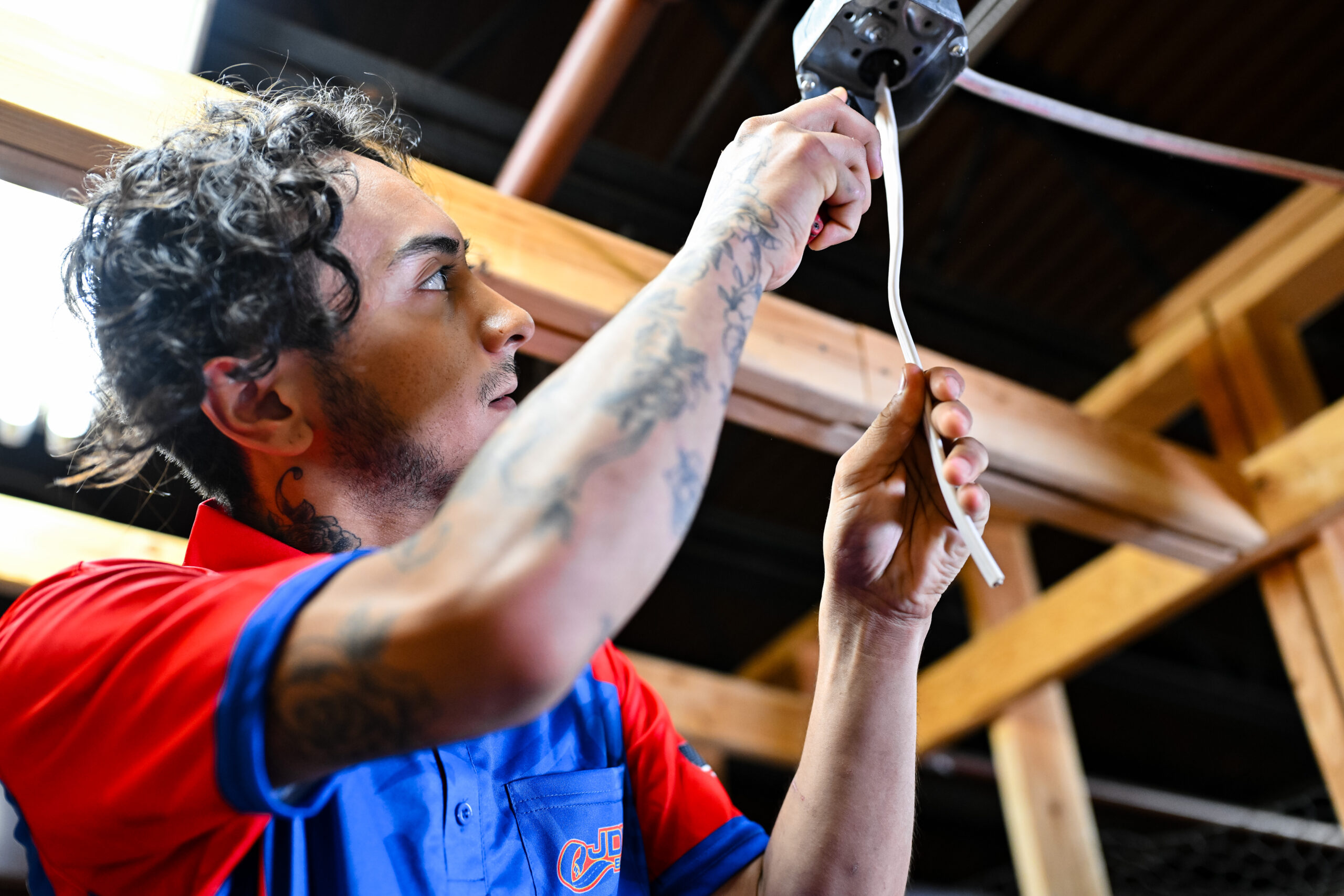Reasons Your Main Circuit Breaker Might Keep Tripping
Electrical, Home & Electrical Safety
A tripping main circuit breaker can signal an electrical issue in your home or business. It’s frustrating when it trips without a clear cause. Overloaded circuits, faulty breakers, or short circuits are common issues that could be to blame. If your breaker keeps tripping, it’s best to have it inspected by a professional.
Engaging a professional for Delaware County electrical service upgrades can help prevent further problems and keep your electrical system functioning properly. Addressing the cause early on can save you from bigger issues down the line and protect the safety of your home or office.
Overloaded Circuits Can Cause Your Breaker to Trip
Signs of an Overloaded Circuit
An overloaded circuit happens when too many devices or appliances use more power than the circuit can handle. This can cause the breaker to trip as a safety measure. Signs of an overloaded circuit include frequent tripping of the breaker, dimming or flickering lights, and hot outlets or switches.
If you notice these signs, it could indicate that the circuit is carrying too much load. Appliances such as space heaters, air conditioners, or large kitchen appliances can put a strain on your circuit. Pay attention to these signs to avoid potential electrical hazards.
How to Prevent Circuit Overloads
To prevent circuit overloads, avoid plugging too many devices into one outlet or power strip. Spread out the electrical load by using multiple circuits for different areas of your home or office. Upgrade to higher-capacity circuits if needed. Confirm that your electrical panel can handle the total load of your home’s devices and appliances.
Another good practice is to turn off unused devices to reduce unnecessary load on the circuit. If you’re not sure how much load your circuits can handle, a professional can assess and recommend changes to your system.
Faulty Breakers or Wiring Problems
How Faulty Breakers Affect Your Electrical System
Faulty breakers can cause problems. If a breaker is old or damaged, it may fail to trip during an overload or short circuit. This can lead to damage or even fires. A faulty breaker may trip too often, disrupting the electrical flow and causing inconvenience. If the breaker trips frequently or gets hot, it might need replacing.
A professional can inspect and replace the breaker when needed. Checking your breakers will help avoid issues and keep your electrical system safe. Contact a licensed professional if you suspect any problems with your breakers.
What Causes Wiring Issues to Trip the Breaker?
Wiring problems like loose connections or damaged wires are common causes of tripped breakers. Exposed or frayed cables can create a short circuit, shutting off power to prevent further damage. Worn insulation around cables can also cause similar issues. Overloaded circuits can cause wires to overheat, leading to trips.
Old wiring may not handle the power needed by modern devices, causing frequent trips. If wiring isn’t up to code, it can be unsafe. A professional can inspect your wiring and fix any issues before they become larger problems.
Short Circuits and Their Effect on Breakers
What is a Short Circuit?
A short circuit happens when electricity takes an unintended path. This occurs when a live wire touches a grounded wire or metal surface. The electricity bypasses its normal route, creating a large current that can cause overheating. This sudden surge can damage wires, outlets, or appliances.
Short circuits can also cause fires or electrical shock hazards. If a short circuit happens, the breaker trips to cut off the power and prevent further damage. These issues should be fixed quickly to keep your system safe. Addressing them right away helps prevent serious problems, including fire risks.
How Short Circuits Lead to Tripping Breakers
When a short circuit happens, the electrical flow increases rapidly. The breaker detects this surge and trips to protect the system. It trips because the current becomes dangerously high, which can damage your home’s electrical system or appliances. This rapid electricity surge can harm wiring and devices.
After a trip, you must find the cause of the short circuit. A professional can inspect the system and repair the wiring. Without fixing the root cause, the circuit could trip again, leading to more damage and potential risks.
Ground Faults and Their Role in Tripping
What is a Ground Fault?
A ground fault happens when electricity flows along an unintended path, usually through the ground. This can occur when a live wire comes into contact with a grounded surface. The electricity should normally flow through the circuit, but the fault causes it to take an alternate route.
Ground faults can be dangerous as they increase the risk of electric shocks. They are often caused by damaged wiring or faulty appliances. If a ground fault occurs, the circuit breaker trips to prevent harm to people or damage to your electrical system.
How Ground Faults Impact Circuit Breakers
When a ground fault occurs, it causes a surge of electricity to flow through the ground. Circuit breakers are designed to detect this surge and trip to stop the flow of electricity. This helps to protect people from electrical shocks and prevents fires.
A ground fault can lead to the breaker tripping even if the rest of the system is not overloaded. This is because the fault causes an imbalance in the electrical flow. If your breaker trips due to a ground fault, it’s important to have a professional inspect the wiring and fix the issue.
Environmental Factors and Your Circuit Breaker
Impact of Moisture and Temperature on Breakers
Moisture and temperature changes affect the performance of your circuit breaker. High humidity or exposure to water can cause internal corrosion in the breaker. This leads to malfunctions, such as the breaker tripping unnecessarily or failing to trip during an overload. Extreme temperatures can cause the breaker to overheat, leading to failure.
Keeping the breaker in dry, cool places can prevent these issues. If exposed to moisture or extreme conditions, it may not function properly, posing a safety risk. Frequent checks are necessary to catch early signs of damage and keep your breaker working as it should.
How to Keep Your Breaker Safe from Environmental Damage
To protect your breaker, place it in a dry, cool location, away from water sources like sinks. The area around the breaker should be well-ventilated to avoid overheating. Inspect the breaker for moisture buildup or rust, especially in humid areas. If the breaker is exposed to extreme temperatures, install insulation or a cover to shield it.
These steps help prevent environmental damage and extend the life of your breaker. Timely inspections will keep the breaker in good working condition and reduce the risk of failure. Taking proper care can help you avoid costly repairs.
Call JDV Electric for Help With Your Circuit Breaker Issues
A tripping main circuit breaker can cause significant frustration. Identifying the root cause is vital to avoid ongoing problems and potential risks. If your breaker keeps tripping, it’s best to consult an electrician in Bryn Mawr, PA. JDV Electric offers reliable electrical services to resolve issues and perform necessary upgrades.
These services will help prevent recurring problems and keep your electrical system running safely. Don’t wait until it’s too late. Visit us at 777 W Providence Rd, Unit B, Lansdowne, PA 19050, or call (484) 462-7228 for a thorough assessment and prompt, reliable service.
Schedule Service Call


Sign Up for Our Safety &
Savings Plan
Annual Electrical Safety
Inspections & More
- Lifetime installation and 2-year repair warranties
- 15% discount on products and services
- Exclusive specials
- No service fees
- Transferrable plan if you sell your home




